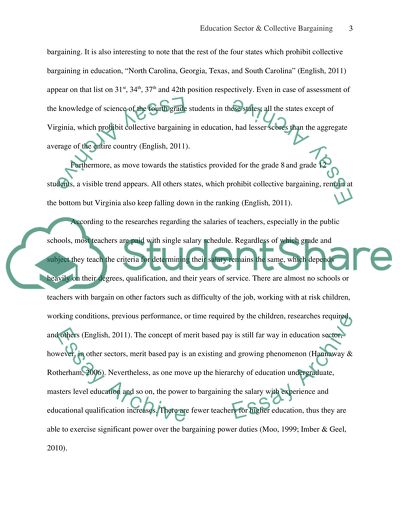Cite this document
(“Education Sector & Collective Bargaining Research Paper”, n.d.)
Retrieved from https://studentshare.org/education/1428353-education-sector-collective-bargaining
Retrieved from https://studentshare.org/education/1428353-education-sector-collective-bargaining
(Education Sector & Collective Bargaining Research Paper)
https://studentshare.org/education/1428353-education-sector-collective-bargaining.
https://studentshare.org/education/1428353-education-sector-collective-bargaining.
“Education Sector & Collective Bargaining Research Paper”, n.d. https://studentshare.org/education/1428353-education-sector-collective-bargaining.


